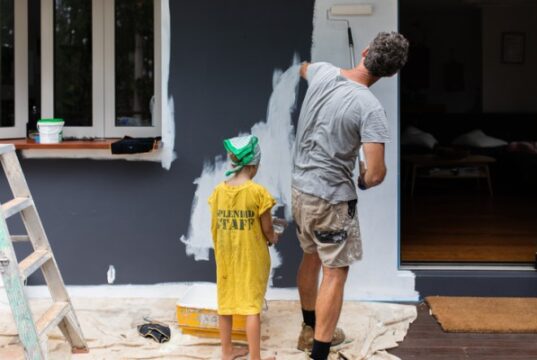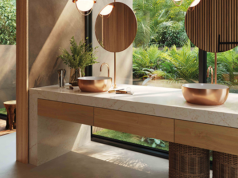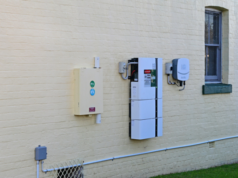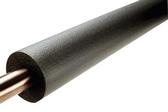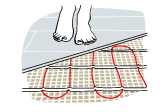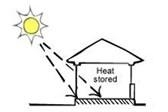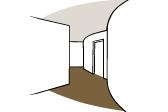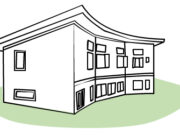Home automation and energy consumption
Smart homes ain’t just about flashy gadgets — they’re about making your energy work smarter, saving you dollars, and helping the planet along the way. When you bring home automation into the mix, you get better control over how energy flows through your place, making your renovation or new build a real game-changer.
Smart meters and home automation
Smart meters allow your electricity provider to communicate with and control specific appliances, and to provide information to your home automation systems. Read on...
Choosing floors: colours, texture and brightness
The texture and design of your floor can do more than help control heat. To some extent, it'll also determine how effectively daylight is...
Recycled materials in flooring
Consider using recycled materials in your floors for a more environmentally friendly and cost-saving solution. Read on to find out more.
Using recycled materials for...
Underfloor and slab heating
Underfloor heating is a popular heating option for dwellings that experience colder climates. Learn about the different types of underfloor heating available.
Having underfloor heating...
Heat dissipation and thermal mass
Dense concrete floors easily absorb a great amount of heat - which is great in some climates, but far from ideal in others. Find...
Shape, style and orientation
If you live in a climate where the temperature fluctuates significantly between the seasons, positioning of your walls right may play a crucial role...
Thermal mass and wall insulation
Walls can play a big part in how energy efficient a house is - particularly in terms of how much heat they absorb and...
Recycled wall materials
One of the best ways to save energy is to use recycled materials. Find out about using recycled materials for walls.
One of the more...
What’s a building envelope?
If you're having a house designed for you, chances are that you've heard the phrase 'building envelope' being thrown around. Find out what this...

